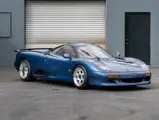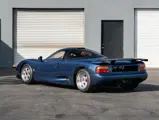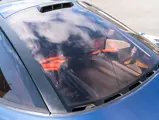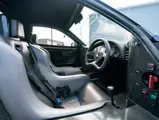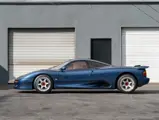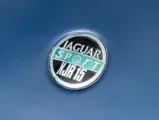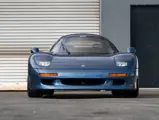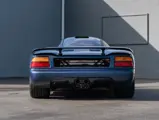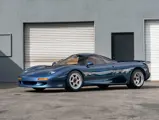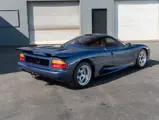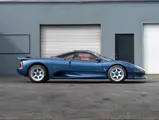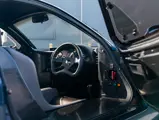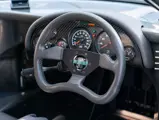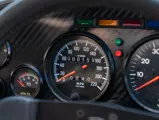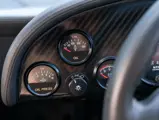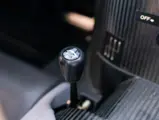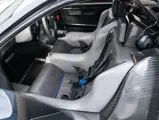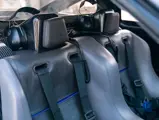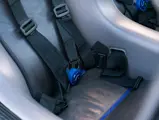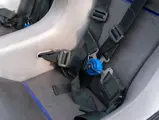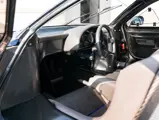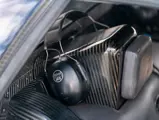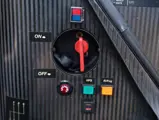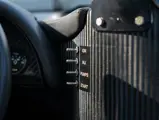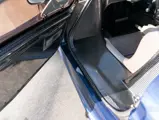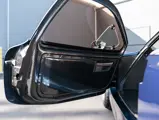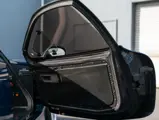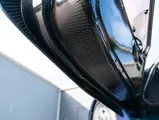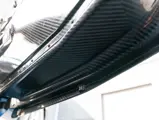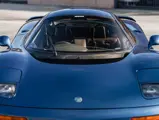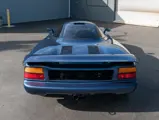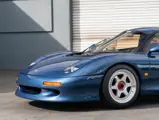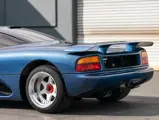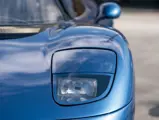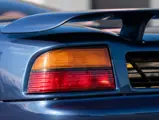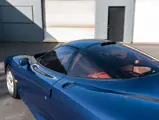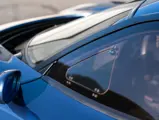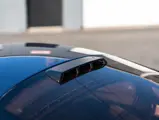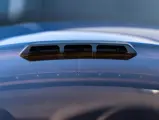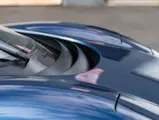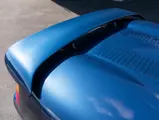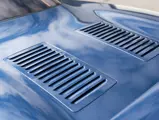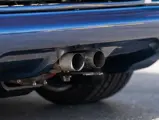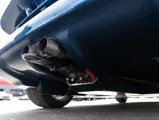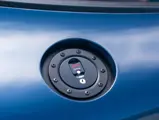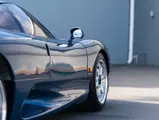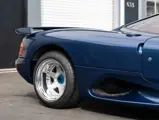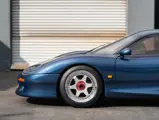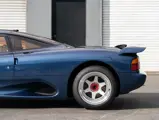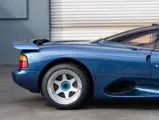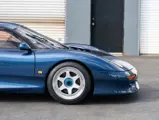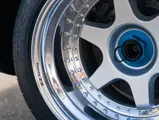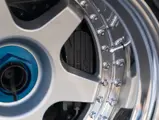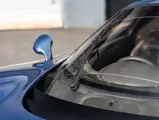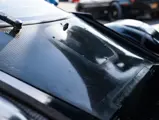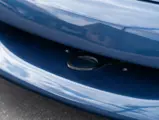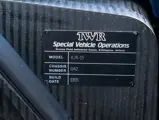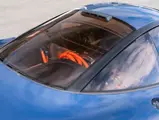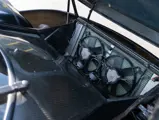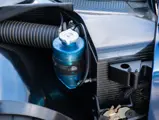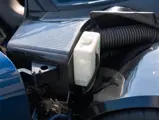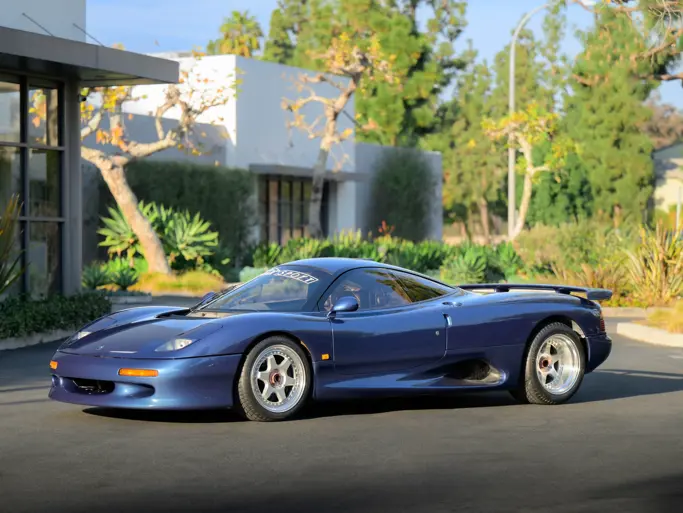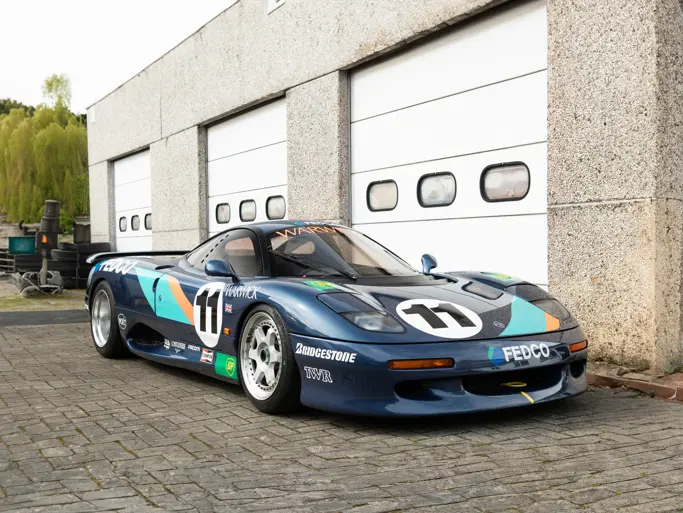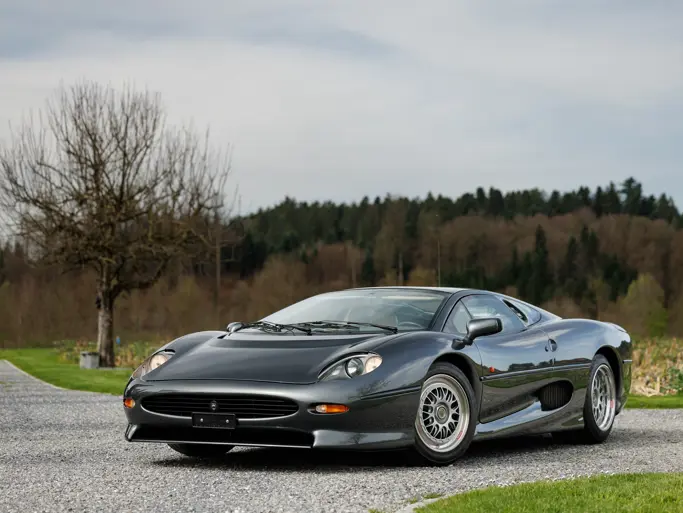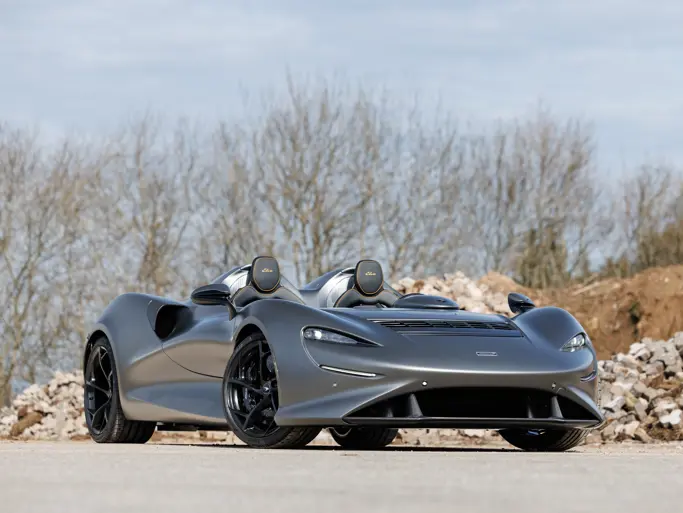Amelia Island 2023
1991 Jaguar XJR-15
{{lr.item.text}}
$1,270,000 USD | Sold
 | Amelia Island, Florida
| Amelia Island, Florida
{{internetCurrentBid}}
{{internetTimeLeft}}

- A single-owner example hidden from the public eye with just 153 miles from new
- The exclusive, production version of Jaguar’s world-beating Group C Sports-Prototype XJR-9
- One of only 27 examples constructed in road specification
- Shares the McLaren F1’s carbon-Kevlar monocoque construction, and exterior styling by designer Peter Stevens
Few manufacturers can lay claim to such endurance racing success as Jaguar, which won the 24 Hours of Le Mans no fewer than five times in the 1950s and lifted the trophy for three consecutive years from 1955 to 1957. Following the retirement of the legendary D-Types in 1957, though—and the destruction of several road-going XKSS conversions in a fire at Browns Lane later that year—the Coventry firm hung up its laurels and wouldn’t return to La Sarthe in a Works capacity for three decades.
That changed when Jaguar chairman John Egan took the reins in 1980. Setting his sights on taking the leaping cat to the forefront of motorsport, Jaguar paired with Tom Walkinshaw Racing (TWR). The new force successfully campaigned the XJS in European Touring Car Championship before formalizing their partnership in the form of JaguarSport, incorporated in 1986. Success soon followed, culminating in the Group C Jaguar-TWR XJR-9 taking the checkered flag at both Le Mans and Daytona in 1988 and 1990.
Walkinshaw saw in the XJR-9 the potential not just to win races, but to serve as the basis of a new, ultra-exclusive and performance-focused road-going supercar. In November 1990, JaguarSport announced to the world the introduction of the XJR-15—a limited run of 50 machines built in the mold of the D-Type and utilizing race-bred technology honed at the home of endurance racing.
The development direction of a “race car for the road” by Jaguar was clear, as the XJR-15 would use much of the same technology and design philosophy of its parent, the XJR-9. Employing a heavily tuned 6.0-liter, 450-horsepower version of the same V-12 engine that brought Jaguar to victory in the WSC, the lightweight XJR-15 possessed a race-bred power to weight ratio that outclassed all supercars which preceded it. Tremendous stopping power is provided by a race-spec set of four-piston AP Racing calipers mated to disc brakes housed within center-lock, light alloy OZ wheels.
However, the similarities to the XJR-9 did not end there.
As the world’s first roadgoing car to use carbon fiber in the construction of its body and tub and deploying the suspension design lifted directly from the XJR-9, the XJR-15’s competition underpinnings were as obvious as they were revolutionary. Further competition-derived breakthroughs carried over to the XJR-15 include the utilization of the V-12 engine as a stressed member of the chassis—along with standard race-inspired radio headsets.
The body, meanwhile, was penned by Peter Stevens, and was formed of a unique carbon fiber and Kevlar composite. While Stevens would go on to design the McLaren F1, the XJR-15’s extensive use of carbon fiber pre-dated McLaren’s all-carbon road car by two years. Better yet, the lithe XJR-15 is a bit slimmer than Steven’s later collaboration with Gordon Murray—coming in at a factory-reported 2,315 pounds, 194 pounds less than the still-exceedingly-light McLaren F1.
Diving deeper into the fascinating relationship between these two English supercars, they also share a rear-mid-mounted, naturally aspirated V-12 engine architecture, as well as Le Mans-winning pedigree. For the XJR-15, this pedigree is evinced by its direct descent from the XJR-9 and XJR-12 sports-prototypes. For the McLaren F1, the same can be said of its own Le Mans-winning GTR-variant, with chassis 01R famously claiming victory in 1995.
The earth-shattering nature of the XJR-15 led the car to a glowing critical reception, with reviews in Motor Trend and World Sports Cars praising the car’s racecar reflexes and grip, fierce and sonorous V-12 power, focused layout, and refined ride quality.
However, this incredibly unique performance package came in at a price of nearly one million US dollars when new. In a production run that would last until 1992, JaguarSport built a reported 53 examples of the XJR-15. Twenty-seven of those would leave the factory in “road” specification, while the others followed directly in the lineage of the preceding XJR race cars and were built especially for the track. Many of these would participate in the Jaguar Intercontinental Challenge, which supported three Formula 1 races in Monaco, Silverstone and Spa-Francorchamps in 1991. A $1 million winner’s prize was at stake, so much of the grid was made up of professional racing drivers hired by XJR-15 owners, including notable racers Derek Warwick, David Brabham, Juan Manuel Fangio II, and Tiff Needell.
A RECENT DISCOVERY IN ASIA
XJR-15 042, offered here, has been hidden from the public eye in the garage of its original owner from new and has never been offered for sale before. Delivered new to a collector in Asia in July 1991, it remained on static display within the collection of its original owner until being shipped to the US in late 2022. Today, this XJR-15 has just 153 miles from new.
Chassis 042 is clad in the de rigeur color combination for the exclusive model: a striking, signature combination of Mauritius Blue Metallic over Savile Grey upholstery. Accompanying documentation from its original owner detail that chassis 042 was purchased from TWR-JaguarSport Limited via the UK-based specialty auto exporter Wheels Abroad on 14 January 1991 for the sum of £620,000 (~$1,182,000). It was completed in June 1991 and subsequently sent from the UK to Asia via the NYK-operated container ship Kitano.
This XJR-15 was immediately put up in storage within the owner’s vast collection, effectively “as new” and showing the same indicated mileage that it does today. Barely used and never registered in its home country, chassis 042 remained undisturbed in storage until late 2022, when it was shipped to the US to finally be sold. It has not been started, driven, or been seen in public since it left the UK in 1991 and represents an exciting opportunity for the next owner. It will need a full mechanical service before any use.
Chassis 042 is a highly original example of the model. With the weave of its carbon body panels readily visible in the paint, its carbon fiber tub proudly on display below the windscreen, and its original three-piece OZ racing wheels, the exterior delights the senses and reflects the car’s astounding performance. The spirit of the exterior carries to the interior, where the car’s carbon fiber construction techniques are instantly apparent. Importantly, the road-specification XJR-15s such as our subject lot were equipped with a five-speed synchromesh transaxle, far more practical in application than the straight-cut, six-speed Hewland competition unit fitted to racing examples.
As chassis 042 will require a full mechanical recommissioning prior to any use, the consignor has acquired several critical spares as a courtesy to the car’s next custodian. Importantly, an OEM fuel bladder and fuel pumps have been sourced from XJR-15 model specialists Don Law Racing, and can be shipped from Don Law Racing at the buyer’s expense. New tires were also installed in January 2023. Along with the fuel bladder and pumps, copies of the original sales documentation are included with the sale.
This XJR-15 presents an almost unrepeatable opportunity to purchase a single-owner specimen of Jaguar’s seminal Le Mans-racer-for-the-road, and all for a fraction of the price of the comparable McLaren F1 that followed just three years later.

